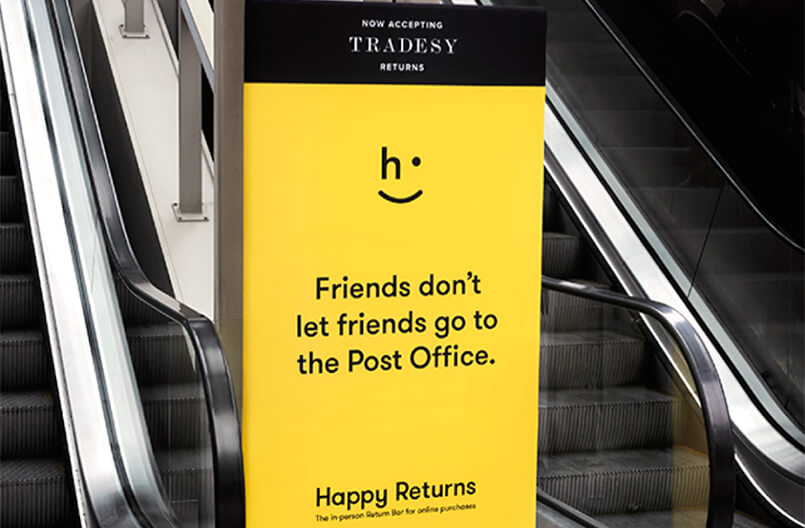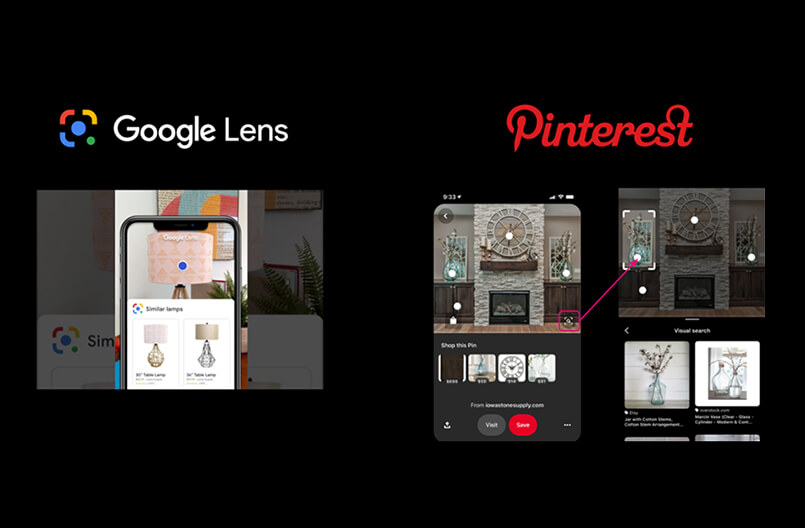Written by Angie Hughes | Account Supervisor at Periscope
Understanding what is happening in the retail landscape, across brands and categories, is more important than ever. However, we can’t just look at physical retail experiences — we need to look at digital ones as well.
We know two things about brands and consumers:
- Everything is a brand experience, whether it’s with a product, a store or digital content.
- Every time a consumer is exposed to a new digital experience, their expectations are set to a higher base level. It doesn’t matter how or where a consumer has the experience, they want and expect more of it.
This translates into two key themes marketers need to design around: hyper-convenience and hyper-experience.
The amount of change happening at retail stores is astounding, from self-checkout, unattended stores (like Amazon Go) to in-store or drive-up pickup. All of this change is aimed at providing more convenience to the shopper.
Convenience doesn’t just mean a quick checkout; the return process has been top of mind for retailers as well. Take Happy Returns, for example, which partners online direct-to-consumer brands with brick-and-mortar retailers to allow shoppers to return online purchases at local partner stores. Online presence is still critically important to a brand, but that doesn’t mean physical presence is going away. In fact, having some type of physical presence, even through a brand partnership, is proving to be very beneficial to online-only retailers. This shift toward brand partnership may give smaller, direct-to-consumer retailers a stronger foothold in the marketplace.

To complement hyper-convenience, brands are continuously striving to provide consumers with hyper-experience by utilizing artificial intelligence (AI) and other technologies to overcome challenging product spaces, both in store and online. Olay and Neutrogena both use AI to deliver customized content and personal product recommendations in the skin care category. The technology analyzes the shopper’s skin and recommends products based on its findings, allowing customers to feel more confident in their purchase decisions. And if there is a product you love but can’t seem to find, you’re covered there, too. Google Lens and Pinterest help consumers identify desired products through machine learning and visual recognition via an app on their smartphone.

We know that consumers expect customized interactions with brands. As technology continues to advance, ambient computing will allow us to serve up just-right content, at the right time and in the right way. This technology advancement allows brands to be proactive, rather than requiring consumers to seek out the content themselves.
In any marketing endeavor, it is important to consider how a consumer is experiencing our brand.








